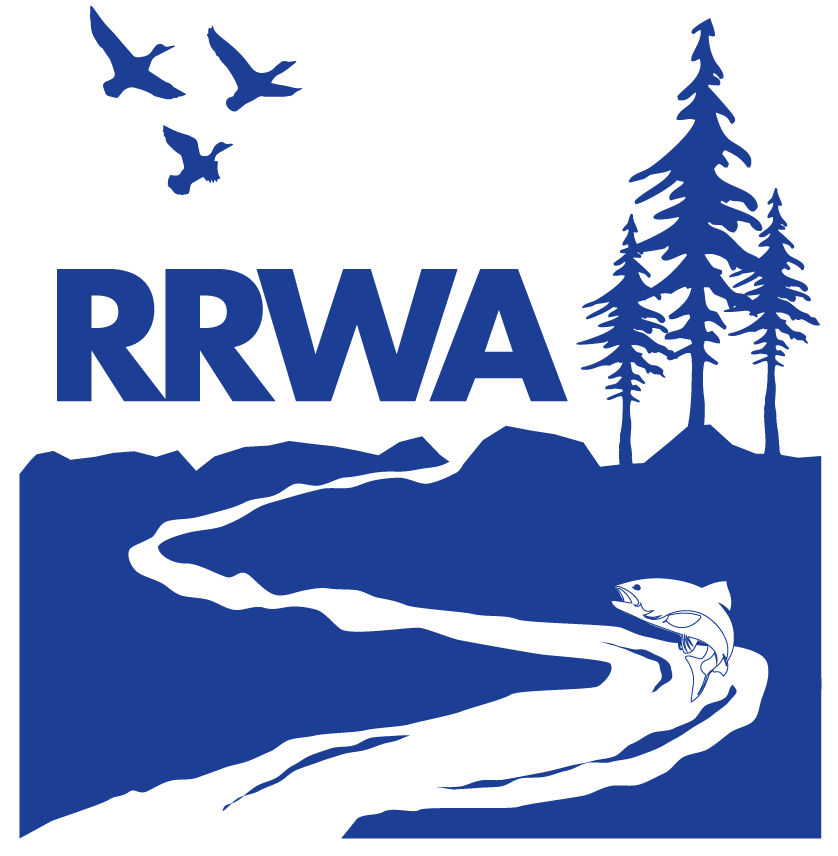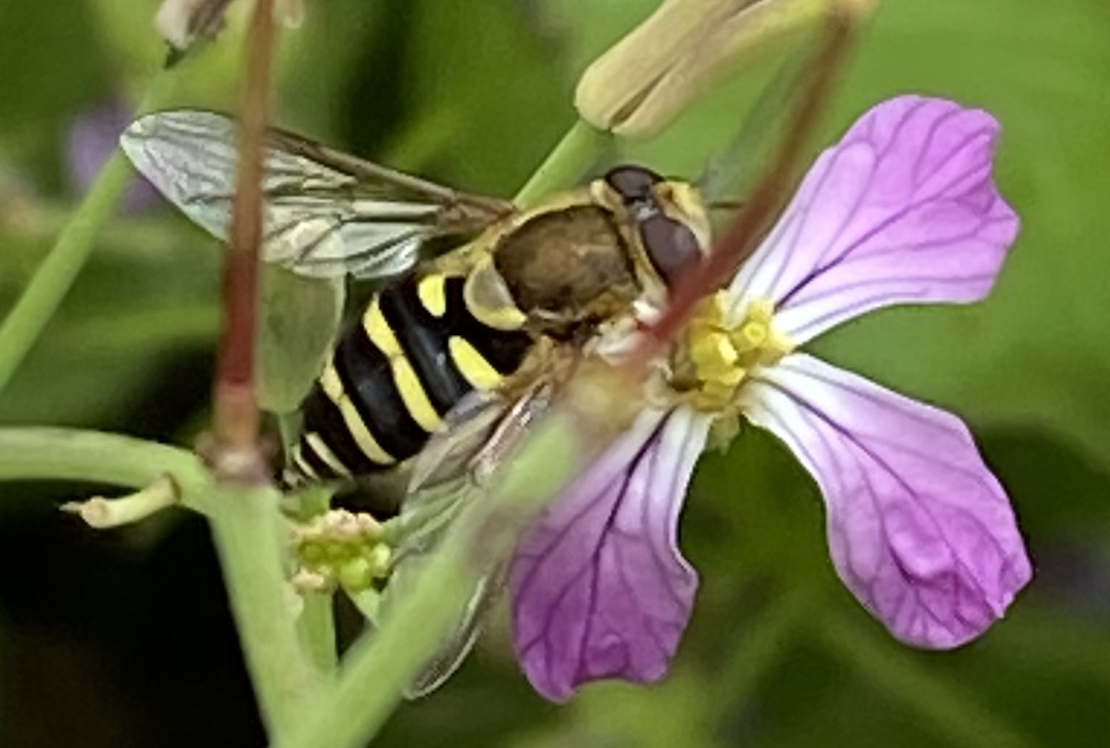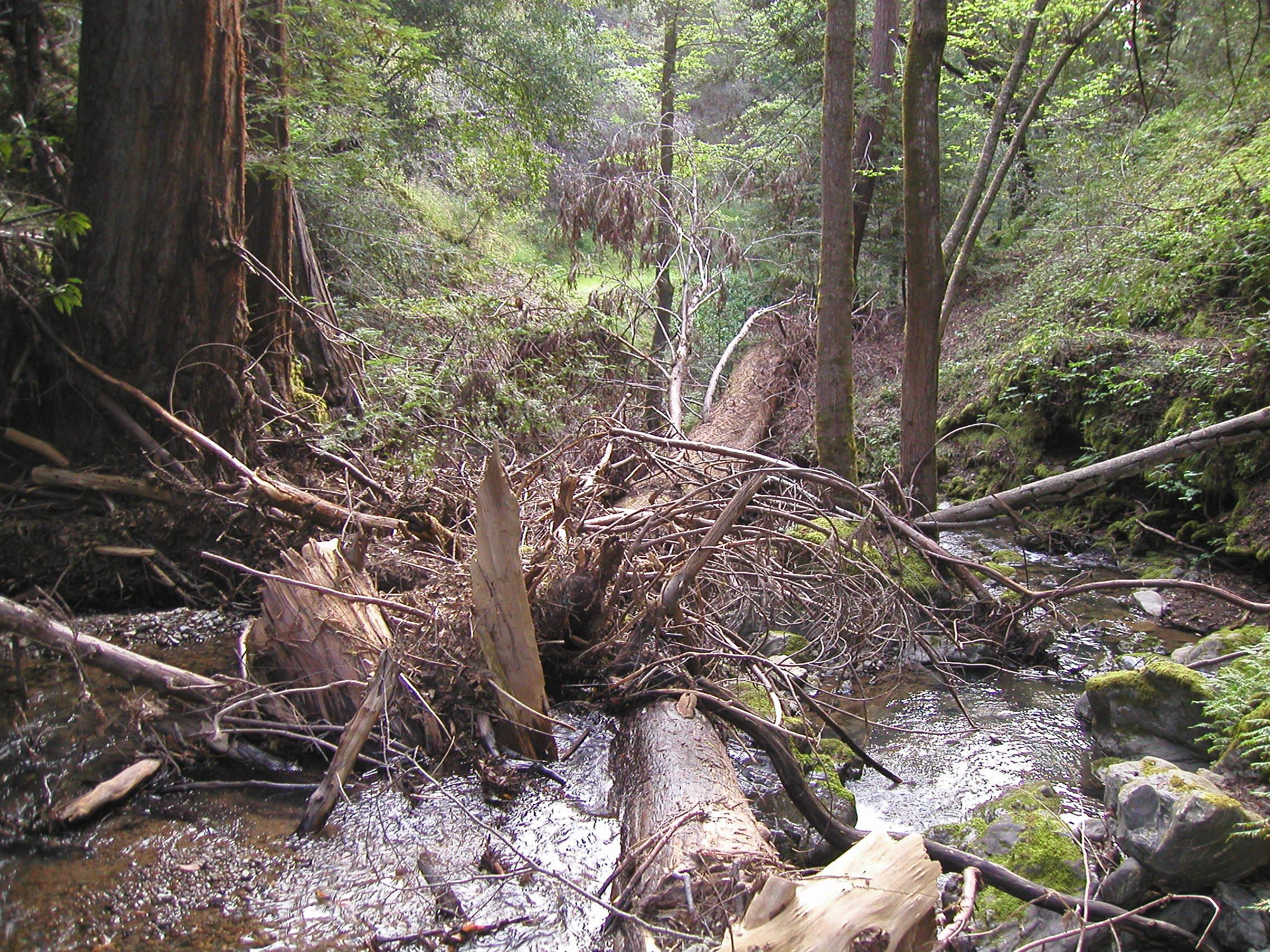Do you know how to spot Low Impact Development?
We are fortunate to enjoy the picturesque landscapes and bountiful natural resources that Sonoma County has to offer all that live here. However, as land in Sonoma County is developed to support our growing communities and businesses, it can pose significant challenges to preserving our region’s water quality. In response, Sonoma County and its towns and cities have adopted Low Impact Development (LID) requirements as a sustainable approach to urban planning and stormwater management.
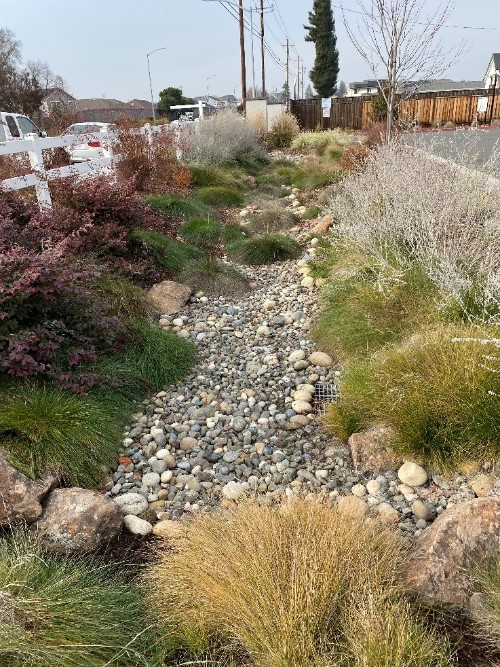
Many of us pass by LID as we go about our daily lives and don’t realize that these features are more than just pretty landscaping- they are expertly designed and engineered, efficient, living water quality improvement systems. These features are so good at blending in that oftentimes they are littered with trash, built over, vandalized, or tampered with because of a general lack of understanding about their purpose. Do you know the importance of LID, and how to spot it? Let’s explore the concept of LID, delve into its benefits for water quality, and learn how to spot and admire these features throughout Sonoma County.
Environmental benefits from land are lost once natural landscapes are replaced by pavement and buildings. This is especially true for stormwater. When water falls from the sky in the form of rain, it collects on hard pavement and rooftops, pooling and flowing across hard surfaces instead of absorbing into the ground. As water is diverted to a storm drain, it picks up and transports pollutants such as trash, sediment, chemicals, and even bacteria. Unlike water that flows into sewer systems, water that flows into storm drains is not treated nor cleaned before it enters a waterway. Understandably, this pollutant-laden water is a threat to both human and environmental health, so protecting stormwater quality while still supporting sustainable urban development is a balance that our local government continuously strives to achieve.
Simply put, LID is a tool that developers can use to try to mimic natural hydrological processes and retain some environmental benefits of the land once it is paved and built over. Specifically, here are some of the benefits of Low Impact Development for water quality:
- Enhanced Water Filtration: The natural processes of infiltration and filtration in LID systems help remove sediment, trash, heavy metals, and other pollutants and contaminants, resulting in cleaner water that eventually enters our local waterways
- Nutrient Reduction: Vegetated LID features are great at absorbing excess nutrients like nitrogen and phosphorus from stormwater runoff. These nutrients, if left unmanaged, can lead to harmful algal blooms, and impair water quality. LID systems act as nature-based filters for nutrients- just like how our kidneys filter toxins from our bodies, LID helps filter excess pollutants from stormwater.
- Groundwater Recharge: Through the promotion of infiltration, LID practices help recharge groundwater aquifers, which are vital sources of freshwater for our region. By replenishing these underground reservoirs, LID can help sustain groundwater supply.
- Flood Prevention: The implementation of LID techniques can greatly reduce the amount of stormwater runoff. By managing runoff at its source, LID mitigates the risk of flooding, safeguarding communities and infrastructure from potential damage. Additionally, LID systems can help reduce the burden on existing stormwater infrastructure, minimizing the need for costly expansion projects.
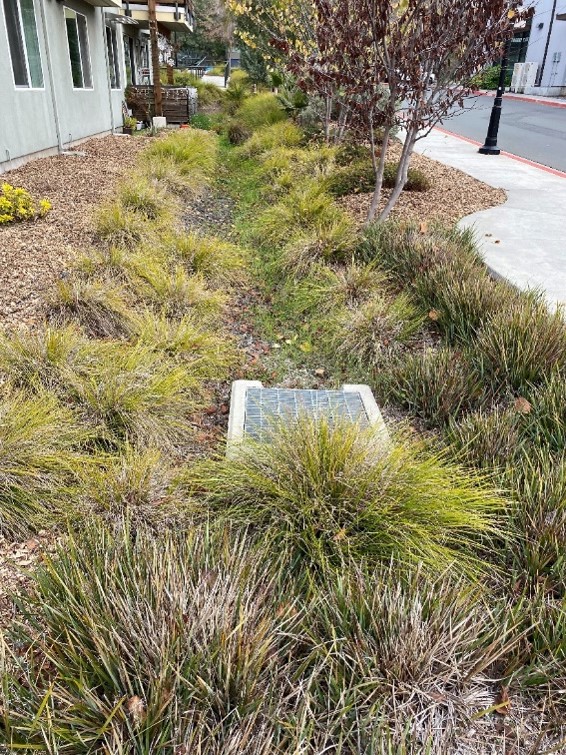
So now that we know LID is extremely important for water quality protection, here are some different types of LID features that you might recognize in the areas where you live:
- Rain Gardens and Bioretention: Landscaped depressions designed to capture and treat stormwater runoff. These features utilize native plants and specially engineered soil mixes that facilitate water absorption and filtration, effectively reducing pollutants and contaminants. Look for them in subdivisions, apartment complexes, parks, and parking lots.
- Vegetated Swales: Gently sloping channels with dense vegetation, to divert stormwater and encourage infiltration. These swales slow down the flow of water, allowing sediments and pollutants to settle, while the vegetation absorbs excess nutrients, promoting cleaner water. Look for these along sidewalks and walking paths- even some wineries have them!
- Permeable Pavement: One of the fundamental principles of LID is reducing impervious surfaces, such as concrete and asphalt, that prevent water infiltration. Permeable pavement materials, including permeable concrete, pavers, and porous asphalt, allow rainwater to percolate into the ground, replenishing groundwater and filtering pollutants in the process. Permeable pavement can be tricky to spot but is common in parking lots and driveways.
- Green Roofs: Green roofs are vegetated surfaces installed on the tops of buildings. They provide multiple benefits, including stormwater management by retaining rainfall and reducing runoff. Green roofs also enhance energy efficiency and provide habitat for birds and insects. These are probably the easiest type of LID to spot since it’s not typical to see a lawn growing on top of a building!
The adoption of Low Impact Development has been a commendable stride towards sustainable urban planning and improved water quality. By integrating LID techniques such as bioretention, rain gardens, vegetated swales, permeable pavement, and green roofs, our watershed effectively manages stormwater runoff while safeguarding precious water resources.
So, the next time you are walking through a parking lot pushing a shopping cart full of groceries, or taking a stroll through downtown, don’t forget to be kind to the LID features you may encounter!
This article was authored by Alisa Keenan, Sr. Environmental Specialist – Stormwater Coordinator, of the County of Sonoma, on behalf of RRWA. RRWA is an association of local public agencies in the Russian River Watershed that have come together to coordinate regional programs for clean water, habitat restoration, and watershed enhancement.


